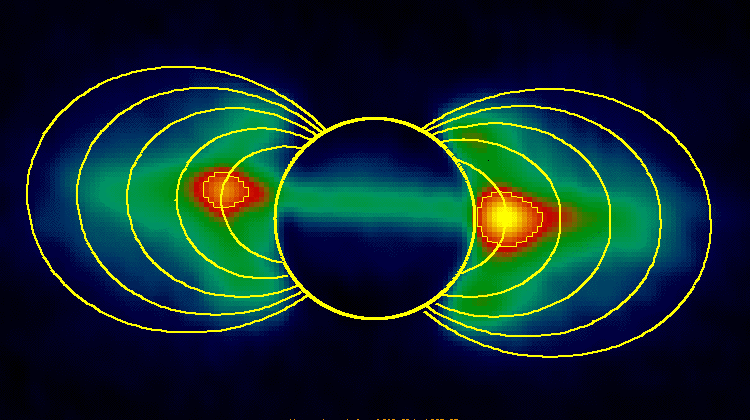According to the BBC's Nasa confirms ocean moon mission:
Europa's orbital path takes it deep into belts of intense radiation that surround the giant planet. This radiation fries spacecraft electronics, which limits the durations of prospective missions to months or even weeks.
So rather than orbiting Europa, Clipper will make repeated close flybys of the moon, to reduce its exposure to the energetic particles trapped by Jupiter's magnetic field.
If Clipper orbited Europa then every moment that it was in the high radiation environment it would also be taking data on Europa.
But since Jupiter's radiation field is much, much bigger than Europa, each hour-long (or less) flyby would involve an orbit around Jupiter and probably would involve tens of hours of radiation exposure during it's perijove.
Question: How does not orbiting Europa maximize Clippers coverage of Europa for a given radiation dose? This seems backwards to me.
Related items involving spacecraft passing through Jupiter's radiation field:
- If Juno's long orbit means a lower rate of radiation damage, why the planned short orbit?
- If Juno will experience lower levels of radiation than Galileo did why it will fail so much faster?
- Why would Juno's originally planned orbit lowering partially mitigate radiation damage?

above: "Animation of Jupiter's Synchrotron Radiation Torus. Credit: NASA/JPL - Caltech". From the Vatican Observatory Blog